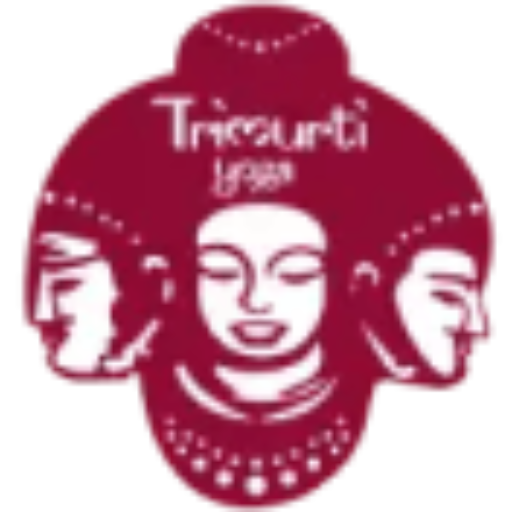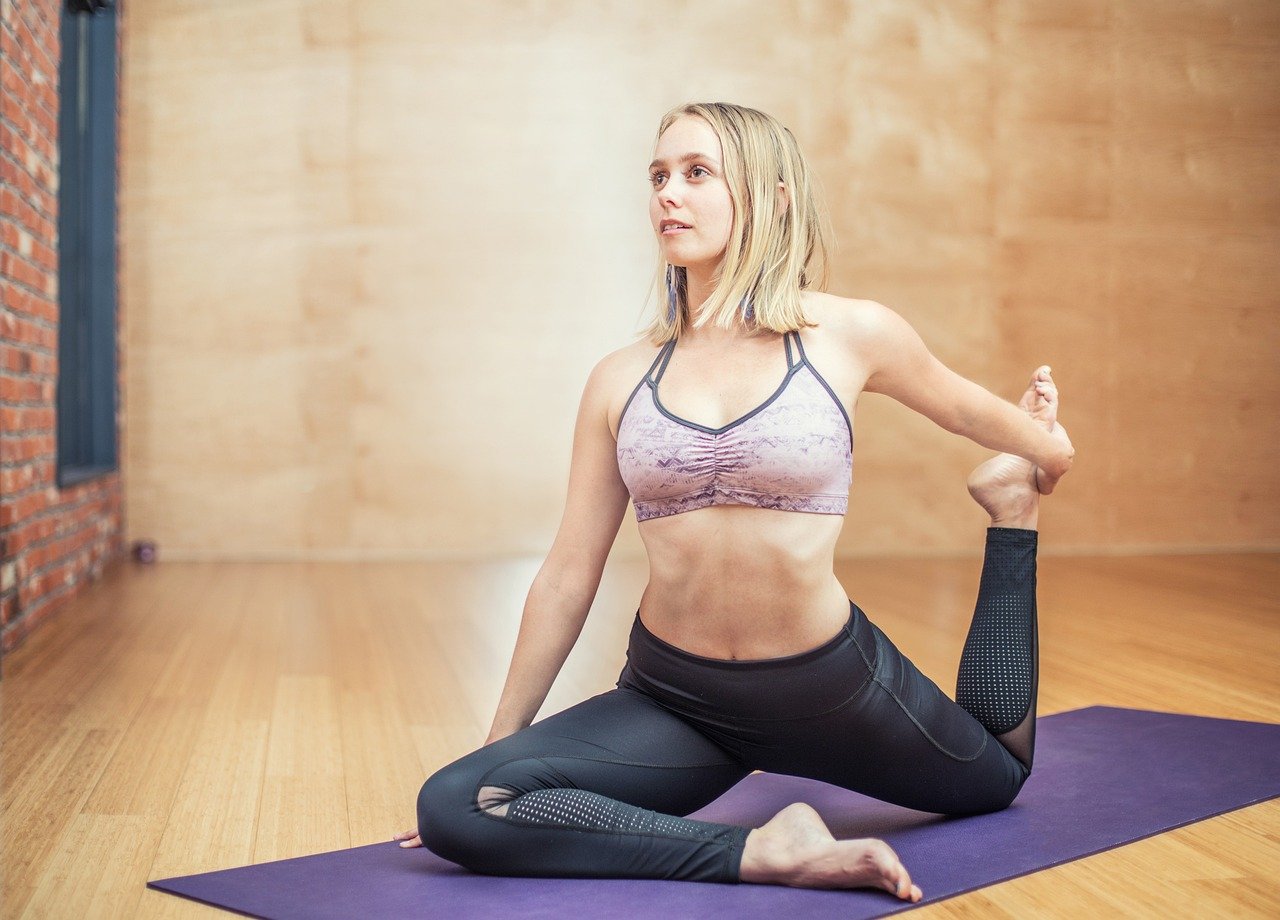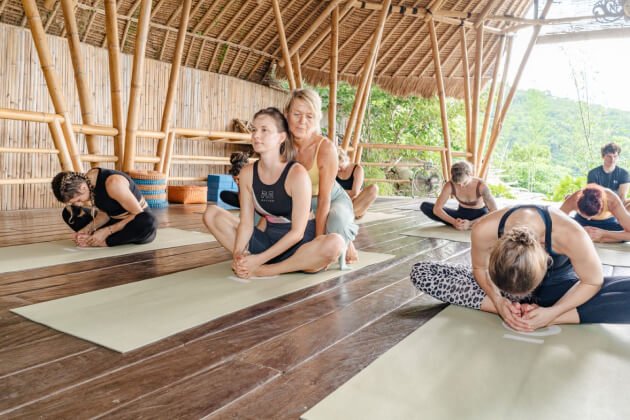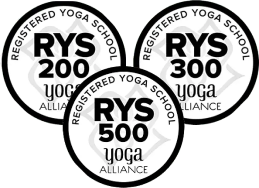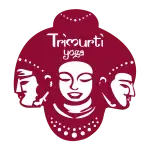Flexibility plays a vital role in our overall well-being.
It allows us to move freely and perform daily activities with ease. Yoga, an ancient practice originating from India, encompasses physical postures, breathing exercises, and meditation techniques. Regular practice of yoga can not only increase flexibility but also improve strength, balance, and mental clarity.
Table of Contents
ToggleUnderstanding Flexibility
Flexibility refers to the range of motion in your joints and muscles.
It is influenced by factors such as genetics, age, and lifestyle. When we have limited flexibility, our movements become restricted, leading to stiffness and discomfort.
However, by engaging in activities that promote flexibility, such as yoga, we can gradually improve our range of motion and experience a greater sense of freedom in our bodies.
Benefits of Increased Flexibility
Enhancing flexibility through yoga offers numerous benefits for both the body and mind. Some of the key
Advantages include:
Improved Joint Health: Increased flexibility helps lubricate the joints, reducing the risk of injuries and promoting their longevity.
Enhanced Performance in Physical Activities: Being more flexible allows you to perform better in various physical activities, such as sports, dancing, and even everyday movements like bending and reaching.
Reduced Muscle Tension and Soreness: Flexibility training helps alleviate muscle tightness, leading to decreased tension and soreness after exercise.
Better Posture and Alignment: Yoga poses and stretches target
specific muscles and areas of the body, promoting proper posture and alignment. This, in turn, reduces the strain on muscles and joints and prevents postural imbalances.
Increased Blood Circulation: Flexibility exercises, like yoga poses, stimulate blood flow to the muscles, improving circulation and delivering essential nutrients and oxygen to the tissues.
This aids in muscle recovery and overall vitality.
Stress Relief and Relaxation: Yoga incorporates deep breathing and mindfulness practices, which help activate the body\’s relaxation response, reducing stress levels and promoting a sense of calm and well-being.
Mind-Body Connection: Flexibility training in yoga encourages a deeper connection between the mind and body. As you focus on your breath and move through the poses, you become more aware of your body\’s sensations, thoughts, and emotions.
Yoga Poses for Flexibility
Here are 14 yoga poses that target different areas of the body and promote increased flexibility:
Downward-Facing Dog (Adho Mukha Svanasana)
Start on your hands and knees, then lift your hips upward, forming an inverted \”V\” shape with your body. This pose stretches the hamstrings, calves, and shoulders while strengthening the arms and core.
Forward Fold (Uttanasana)
Stand with your feet hip-width apart and fold forward from the hips, reaching toward the ground or your shins. This pose lengthens the hamstrings and releases tension in the lower back.
Bridge Pose (Setu Bandhasana)
Lie on your back with knees bent and feet flat on the ground. Press your feet into the floor, lift your hips, and interlace your hands beneath your lower back. Bridge pose stretches the chest, spine, and hip flexors.
Triangle Pose (Trikonasana)
Stand with your feet wide apart, turn your right foot out, and extend your right arm toward the right side, reaching for your shin, ankle, or the floor. This pose stretches the hamstrings, hips, and side body.
Extended Side Angle Pose (Utthita Parsvakonasana)
From triangle pose, bend your right knee and place your right hand on the ground or a block. Extend your left arm overhead, creating a diagonal line from fingertips to heel. This pose stretches the groin, hamstrings, and side body.
Cobra Pose (Bhujangasana)
Lie on your stomach, place your hands beneath your shoulders, and lift your chest off the ground while keeping your pelvis grounded. Cobra pose opens the chest, stretches the abdominals, and strengthens the spine.
Butterfly Pose (Baddha Konasana)
Sit on the ground, bend your knees, and bring the soles of your feet together. Gently press your knees toward the ground to open the hips and stretch the inner thighs.
Pigeon Pose (Eka Pada Rajakapotasana)
Begin in a low lunge position with your right knee forward. Slide your left leg back, straighten it, and fold forward over your right leg. Pigeon pose deeply stretches the hip flexors and glutes.
Seated Forward Bend (Paschimottanasana)
Sit with your legs extended in front of you and fold forward from the hips, reaching for your feet or ankles. This pose stretches the hamstrings, calves
and lower back, promoting flexibility in the posterior chain.
Thread the Needle Pose (Parsva Balasana)
Start on all fours, then slide your right arm under your left arm, bringing your right shoulder and temple to the mat. This pose releases tension in the upper back, shoulders, and neck.
Standing Backbend (Anuvittasana)
Stand tall with your feet hip-width apart, place your hands on your lower back, and gently arch your spine backward. The standing backbend opens the chest, shoulders, and front body.
Supine Spinal Twist (Supta Matsyendrasana)
Lie on your back, bring your knees to your chest, and drop them to the right side while extending your left arm to the side. This pose stretches the spine and releases tension in the lower back.
Happy Baby Pose (Ananda Balasana)
Lie on your back, bend your knees, and grab the outsides of your feet. Gently pull your knees toward the floor, opening the hips and stretching the inner thighs.
Reclining Hand-to-Big-Toe Pose (Supta Padangusthasana)
Lie on your back, extend your right leg upward, and hold the big toe with your right hand. Extend your leg as much as possible, feeling the stretch in the hamstrings. Repeat on the other side.
5. Developing a Yoga Routine
To incorporate yoga into your routine for increased flexibility, consider the following tips:
Start with a warm-up: Begin your yoga session with a few minutes of gentle movements, such as neck rolls, shoulder rolls, and dynamic stretches.
Focus on targeted areas: Choose yoga poses that specifically target the areas you want to improve flexibility in, such

